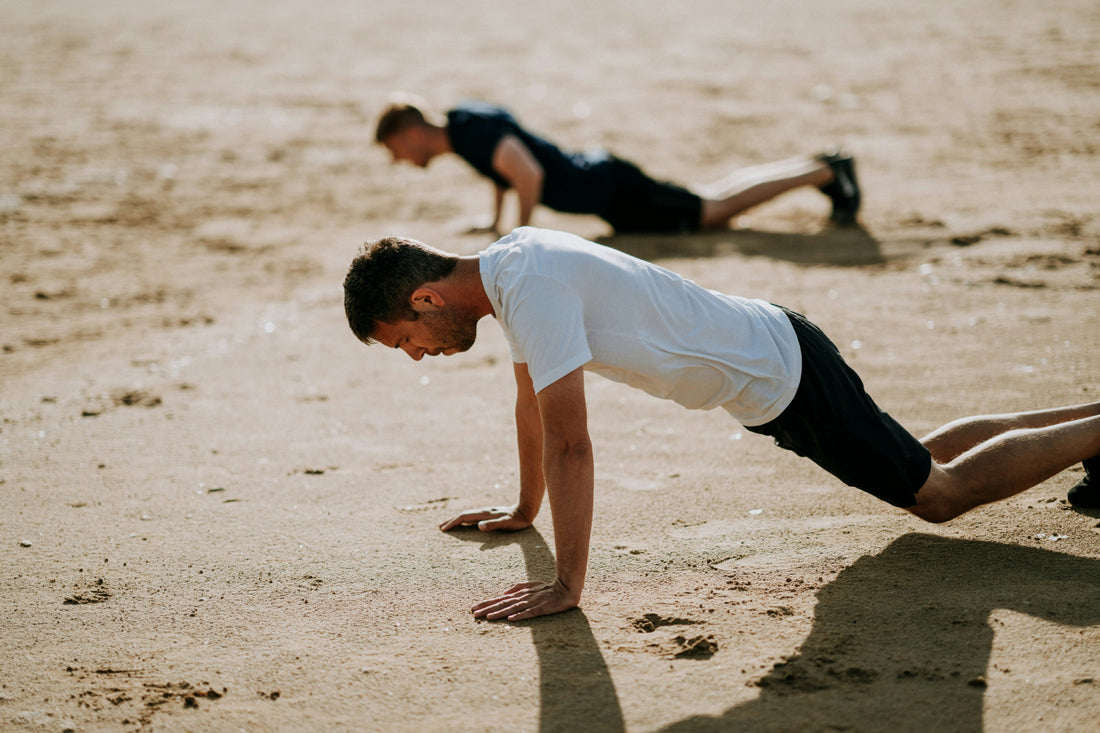
Unlocking quality sleep with daytime exercise
Share
Daytime activity's impact on sleep
In recent years, the link between daytime physical activity and sleep quality has become a focal point of sleep research. A comprehensive study involving over 2,500 participants, spanning both children and adults, sheds light on this connection. This groundbreaking research reveals that engaging in moderate to vigorous physical activity throughout the day results in fewer sleep disturbances, less daytime tiredness, and a significant improvement in overall sleep quality. This finding is particularly notable as it deviates from the traditional focus on pre-bedtime routines, emphasizing instead the crucial role of daytime exercise in promoting better sleep.
Exercise: a gateway to better sleep
Led by the University of South Australia, this study delves into the relationship between physical activity and sleep quality. Dr. Lisa Matricciani, the study's lead researcher, points out that despite widespread awareness about the importance of sleep, achieving high-quality rest remains a challenge for many. The study shifts the narrative from nightly routines to the impact of daytime behaviors, particularly physical activity, on sleep. It demonstrates that regular exercise significantly influences various aspects of sleep, including its quality, efficiency, and duration.
Connecting daily choices to nightly rest
The research methodically examined the daily routines of 1,168 children (average age 12 years) and 1,360 adults (average age 44 years, mainly mothers). The findings were clear: individuals engaging in higher levels of physical activity experienced fewer issues with sleep and enjoyed better overall sleep quality. This goes against the grain of typical sleep improvement strategies focused around bedtime routines, highlighting how our actions during the day, especially exercise, are critical in enhancing our sleep at night.
Physical activity: a simple yet effective solution
In an increasingly sedentary world, this study brings to light the importance of physical activity for our sleep health. Dr. Matricciani stresses that our choices throughout the day, including the level of physical exertion, have a direct impact on how we sleep. Incorporating more vigorous activities into our daily lives emerges as a practical and effective solution for combating sleep-related issues. Interestingly, the study also noted that merely increasing the time allocated for sleep, without a corresponding increase in physical activity, often led to more restless sleep, highlighting the need for a balanced and active lifestyle.
Holistic approach to improving sleep
The research presents a holistic approach to improving sleep, advocating for a combination of physical activity and sound sleep practices. While the importance of pre-sleep routines like reducing screen time and avoiding heavy meals before bed should not be overlooked, integrating physical activity into our daily routine plays a vital role in achieving restorative sleep.
Conclusion: embracing daytime exercise for enhanced sleep and health
In conclusion, this innovative study from the University of South Australia offers a compelling argument for rethinking our daytime activities to improve sleep quality. By incorporating moderate to vigorous physical activity into our daily schedules, we can unlock the door to better sleep, thereby enhancing our overall health and well-being. As we strive for a balanced life, understanding and acting upon the intricate connection between our daily activities and nighttime rest becomes essential for maintaining good health.